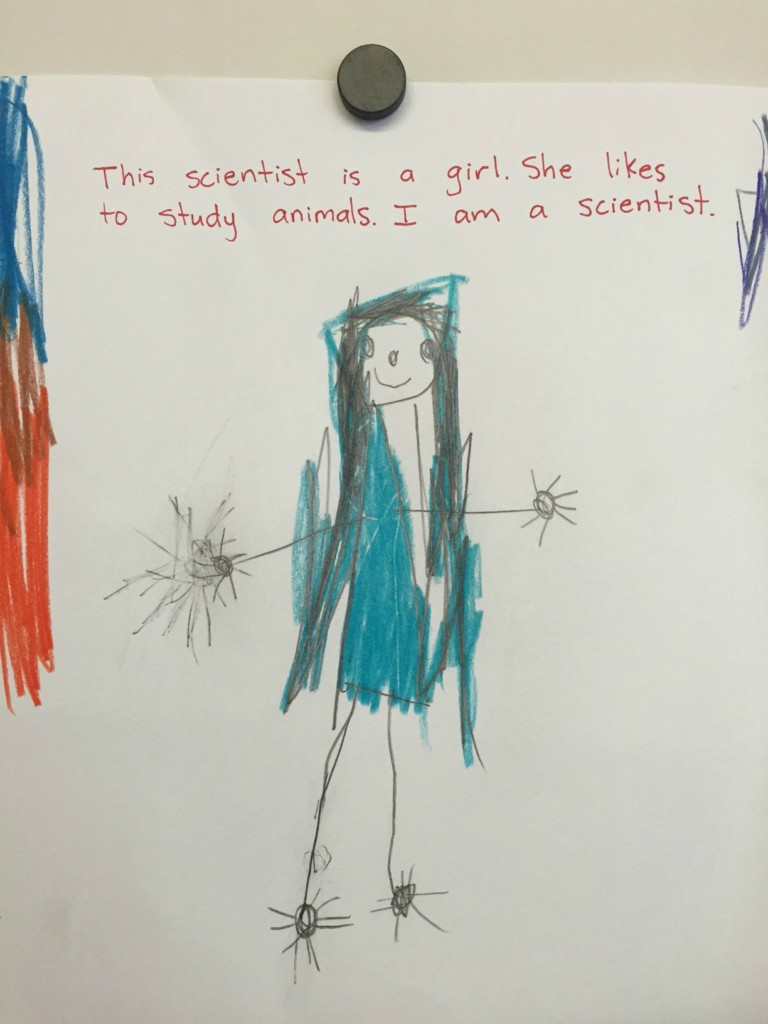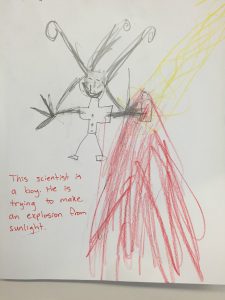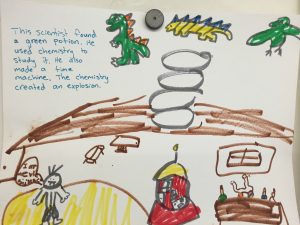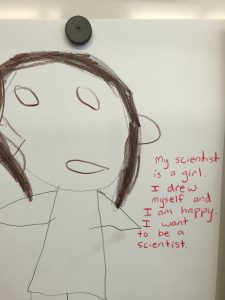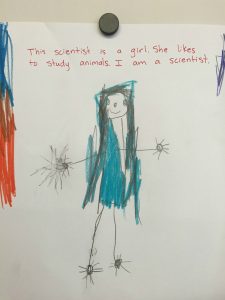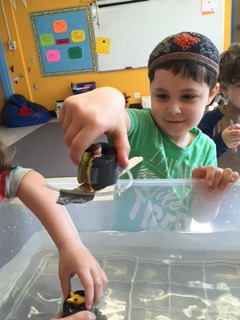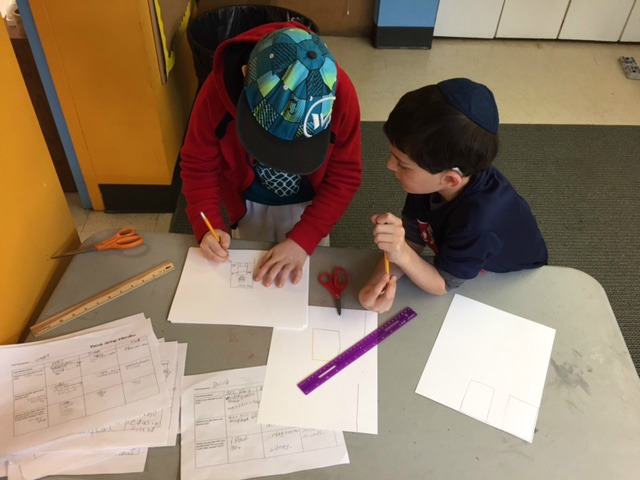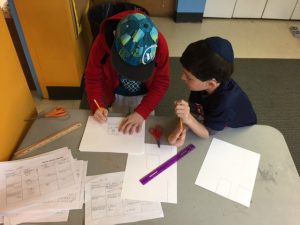Sara and I are both seniors studying mechanical engineering at Brown University, and we are interested in classroom design and placemaking as it relates to social and emotional learning. I worked as an assistant teacher in a preschool for several years in my hometown of Middletown, NJ. While at school, I’ve taught a theater class for 4th and 5th graders through the Brown After-school Elementary Mentoring (BEAM) program and co-lead a Design for America team investigating design thinking education in schools. Sara previously completed a project where she and her classmates custom built furniture for a 2nd grade classroom.
Project Overview
Our project is part of our capstone design course at Brown. We originally started as a part of a larger group, the purpose of which was to develop a line of children’s furniture to encourage imaginative play. Throughout our research and ideation process, Sara and I became more interested in social and emotional learning and mindfulness in classroom spaces. We eventually formed our own subgroup to explore those ideas, while the rest of the group has continued to develop their play furniture idea.
The two directions we are most interested in pursuing are designing spaces for mindfulness/reflection and exploring ways to promote feelings-sharing and healthy communication through physical objects and furniture. We have been exploring the former with the help of the JCDS Pre-K class, who have shared insights on their own classroom Quiet House with us and helped us develop our frame prototypes.
Workshop with Pre-K
We have had a great time developing our Quiet House ideas with Laurie’s Pre-K class! During circle time, we asked the students 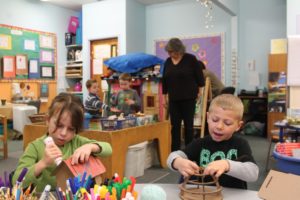 to tell us about their own Quiet House, which former students helped Peter build and decorate. The students explained to us that the Quiet House was a place they went when they wanted to calm down and especially enjoyed the stuffed animal snake, books, and decorative lights. We showed the students four different prototypes we designed and built out of cardboard using our laser cutter at the Brown Design Workshop. Then, each student decorated one of the prototypes using pipe cleaners, glitter, fabric, markers, ribbon, and other materials. We were really impressed with their creativity and ideas for the spaces. They had some great suggestions for ways to make the houses feel cozier, like by adding fabric to the outside or pillows and rugs on the inside. They also used stickers to show us where they thought that lights, windows, and doors should be. One student used popsicle sticks to model a front gate that would only allow him to enter his Quiet House, stressing the importance of privacy. We really appreciated the variety of creative ideas the class had, and we had so much fun helping them build. It was also really useful for us to get a clearer idea of the students’ relationship to their own Quiet House.
to tell us about their own Quiet House, which former students helped Peter build and decorate. The students explained to us that the Quiet House was a place they went when they wanted to calm down and especially enjoyed the stuffed animal snake, books, and decorative lights. We showed the students four different prototypes we designed and built out of cardboard using our laser cutter at the Brown Design Workshop. Then, each student decorated one of the prototypes using pipe cleaners, glitter, fabric, markers, ribbon, and other materials. We were really impressed with their creativity and ideas for the spaces. They had some great suggestions for ways to make the houses feel cozier, like by adding fabric to the outside or pillows and rugs on the inside. They also used stickers to show us where they thought that lights, windows, and doors should be. One student used popsicle sticks to model a front gate that would only allow him to enter his Quiet House, stressing the importance of privacy. We really appreciated the variety of creative ideas the class had, and we had so much fun helping them build. It was also really useful for us to get a clearer idea of the students’ relationship to their own Quiet House.
Design Lab with 3rd Grade
We look forward to collaborating with the 3rd Grade class in Design Lab to prototype a classroom Recharging Station. We visited Design Lab where the students were sharing the data they collected from interviewing other students. Questions the 3rd graders asked included “Should we have a recharging station in Design Lab?” and “How does the recharging station help?” For one question, 27 students said “Yes” and 25 said “No.” Rotem had students create two block towers–one with 27 blocks and one with 25 blocks. When the two towers were held up next to each other, we could see that this wasn’t a very big difference. The students are continuing their design process over the next few weeks. We can’t wait to see what they come up with!
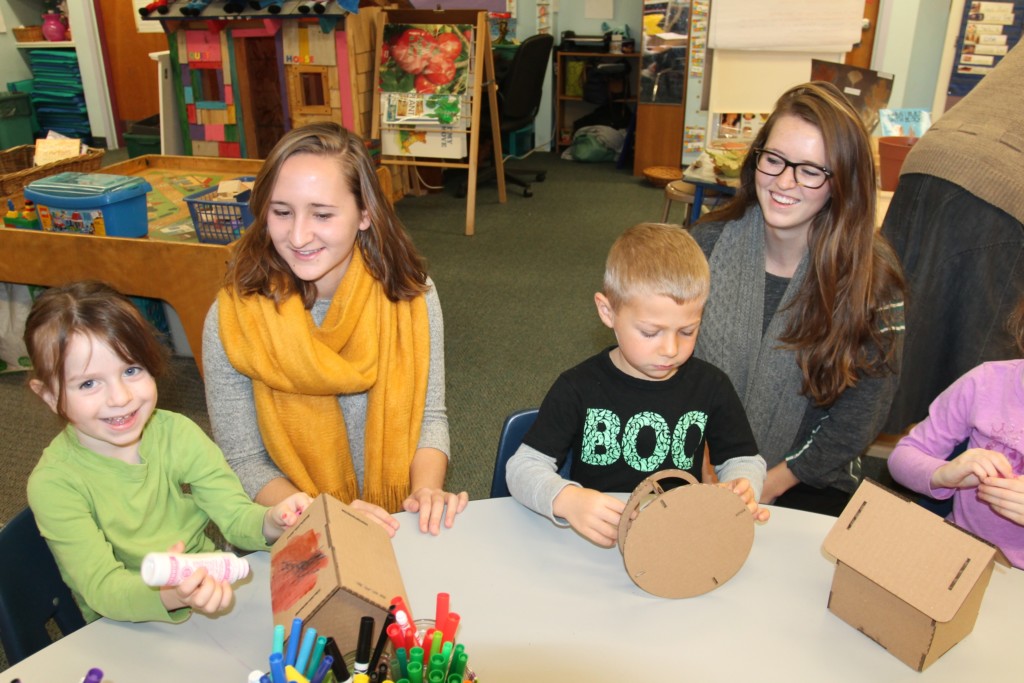
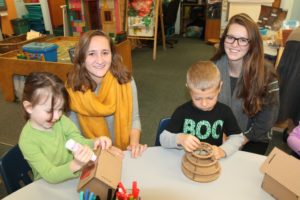

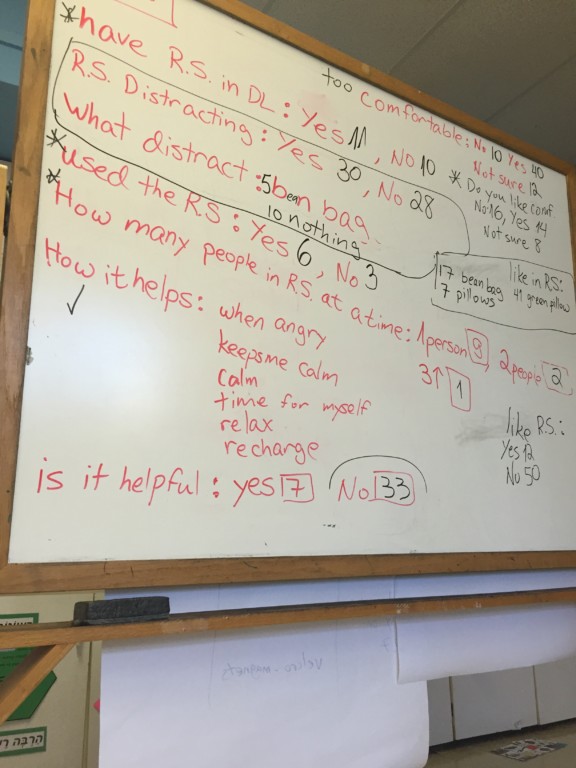
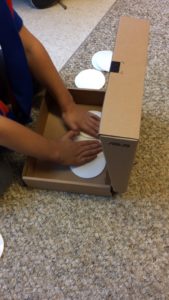
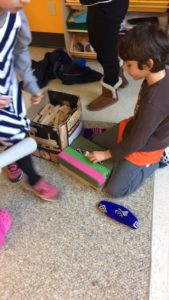
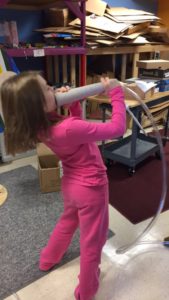
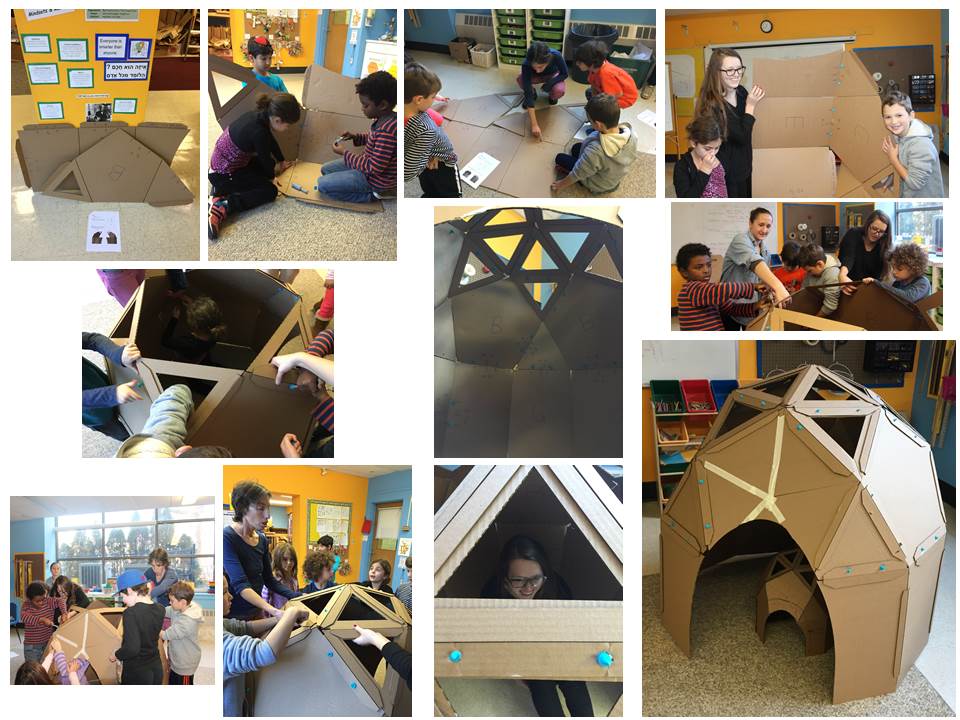

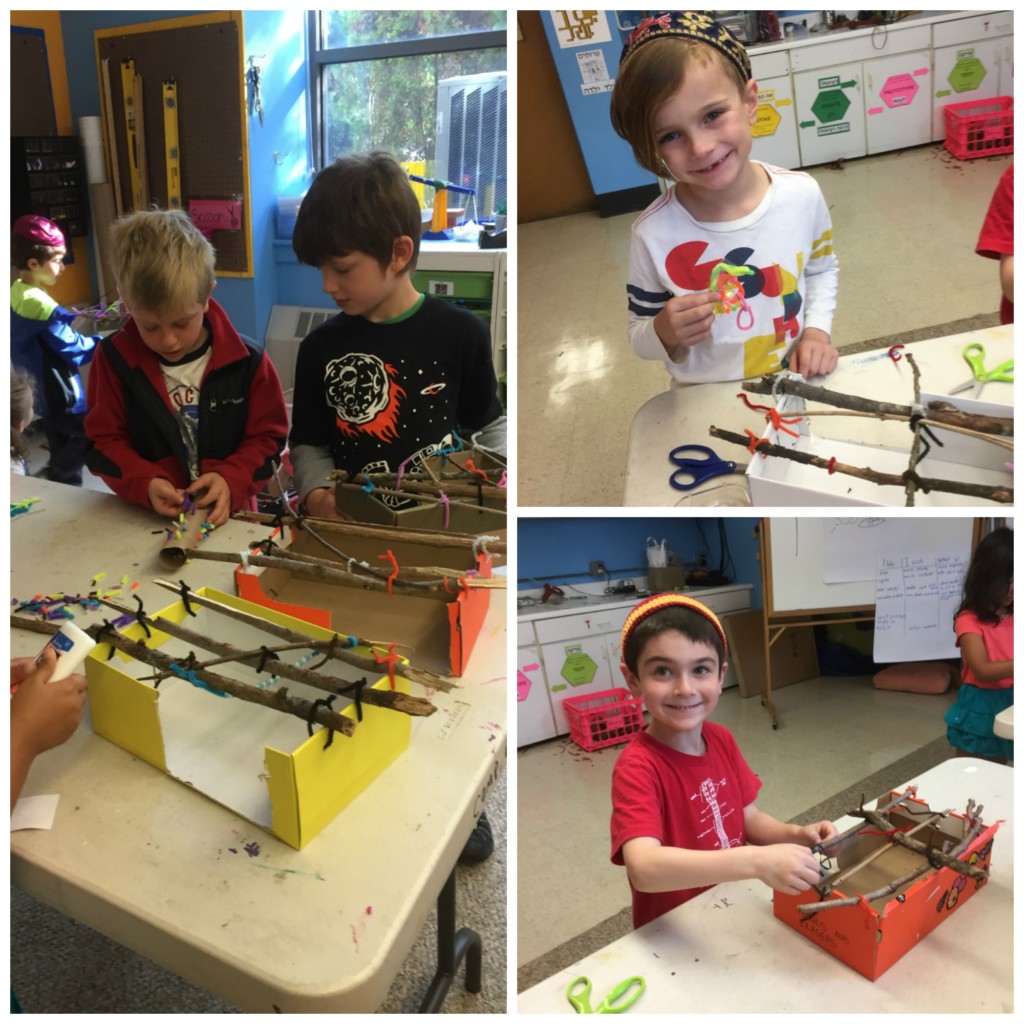


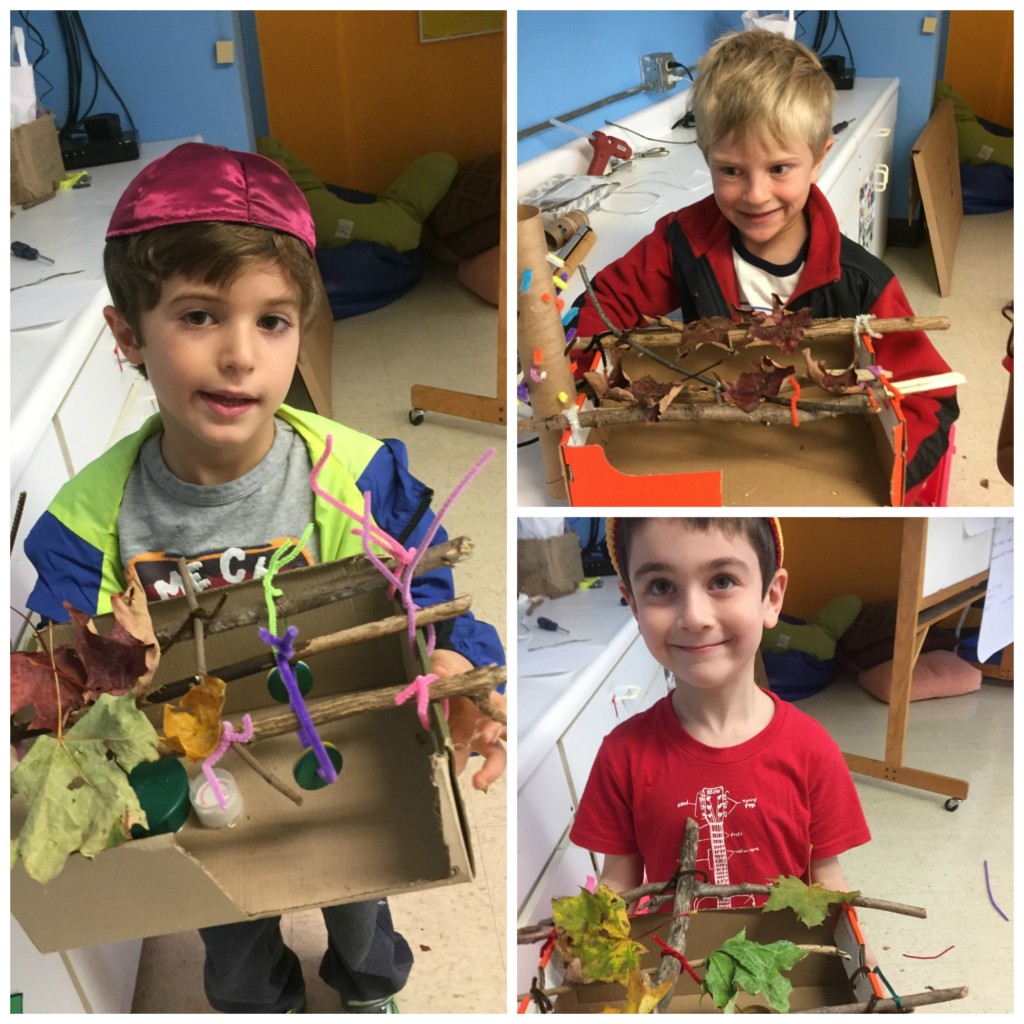
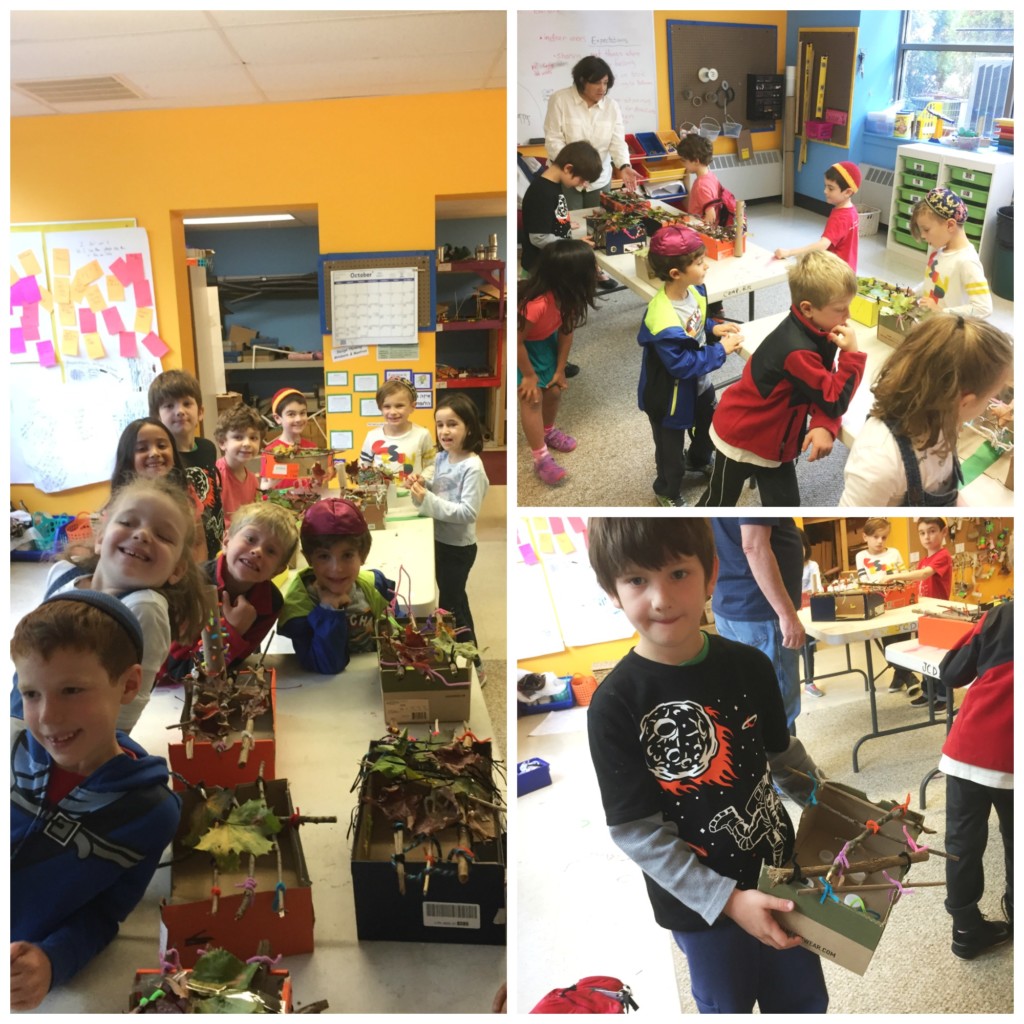
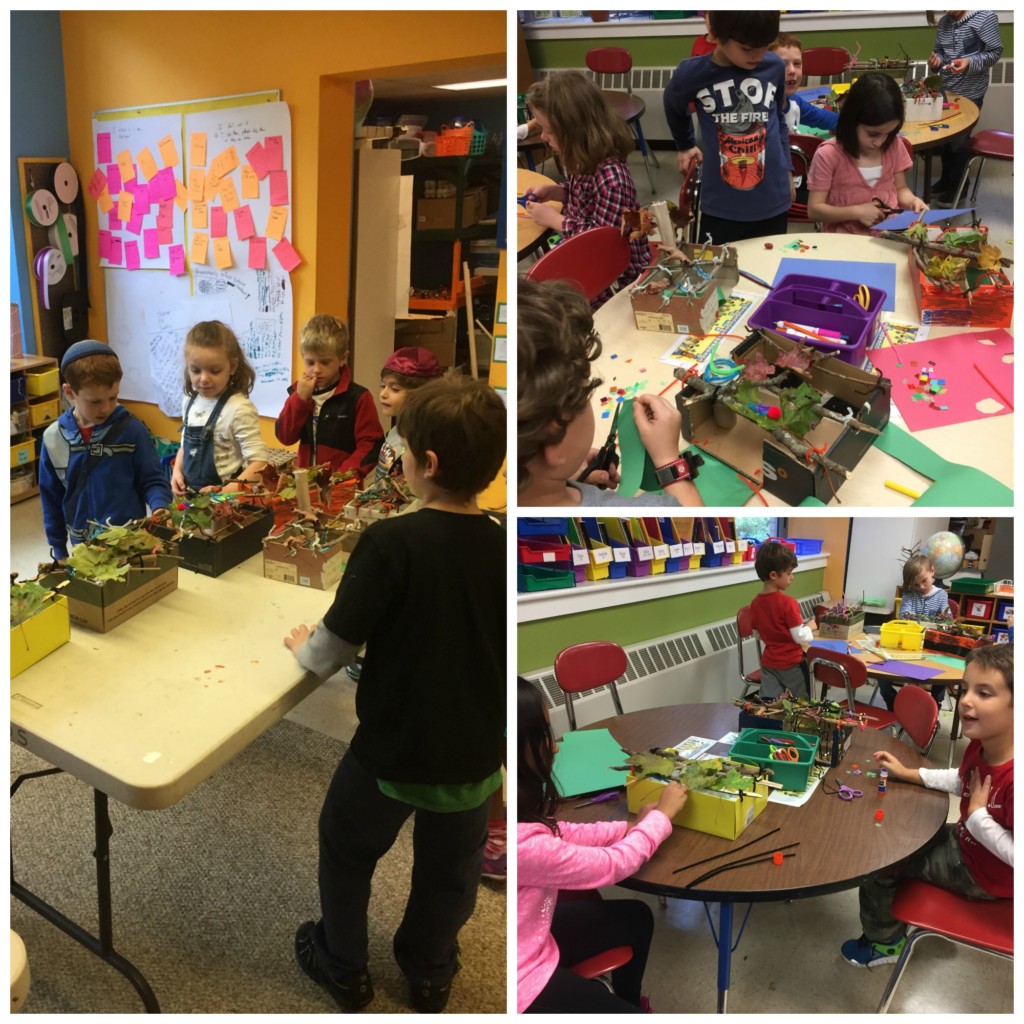

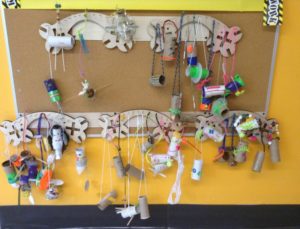

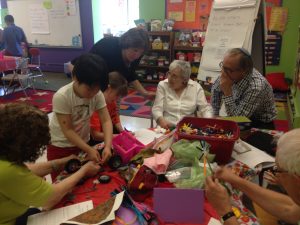

 “What is mine is yours and what is yours is yours.”
“What is mine is yours and what is yours is yours.”

